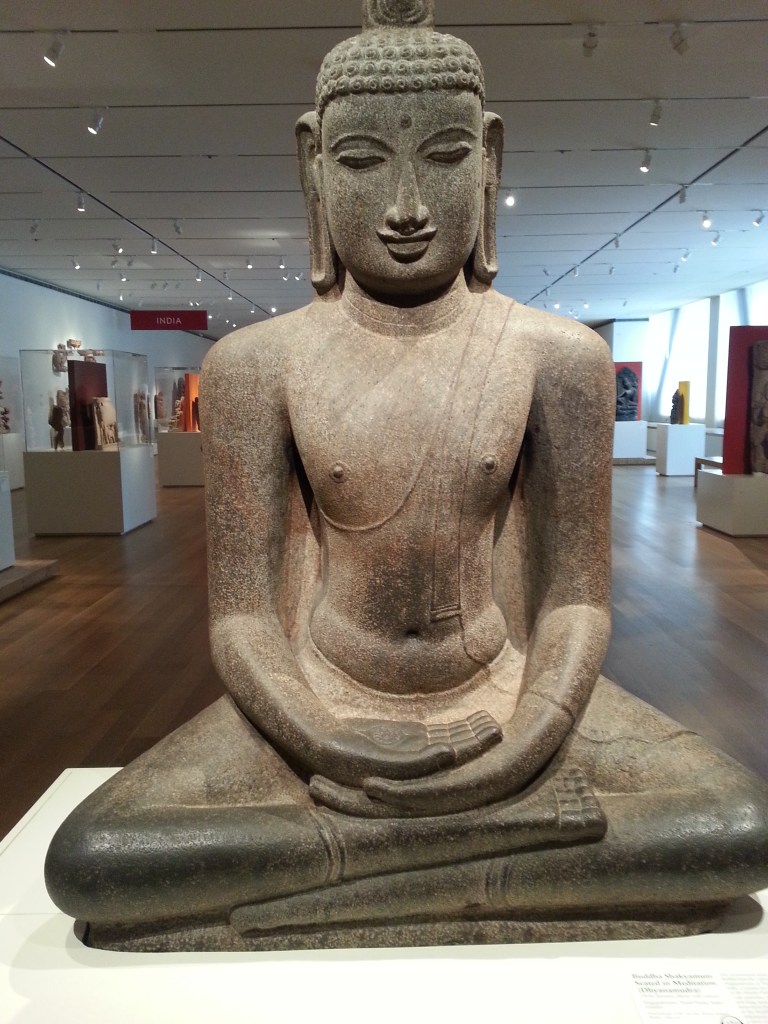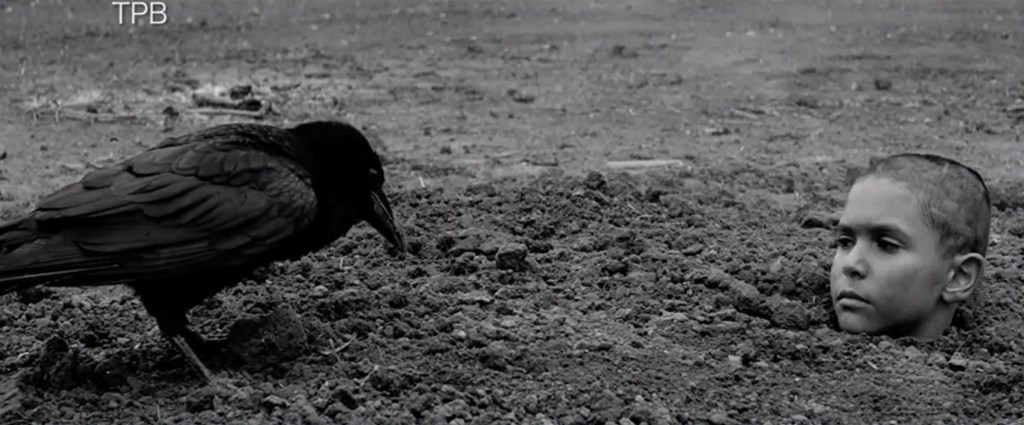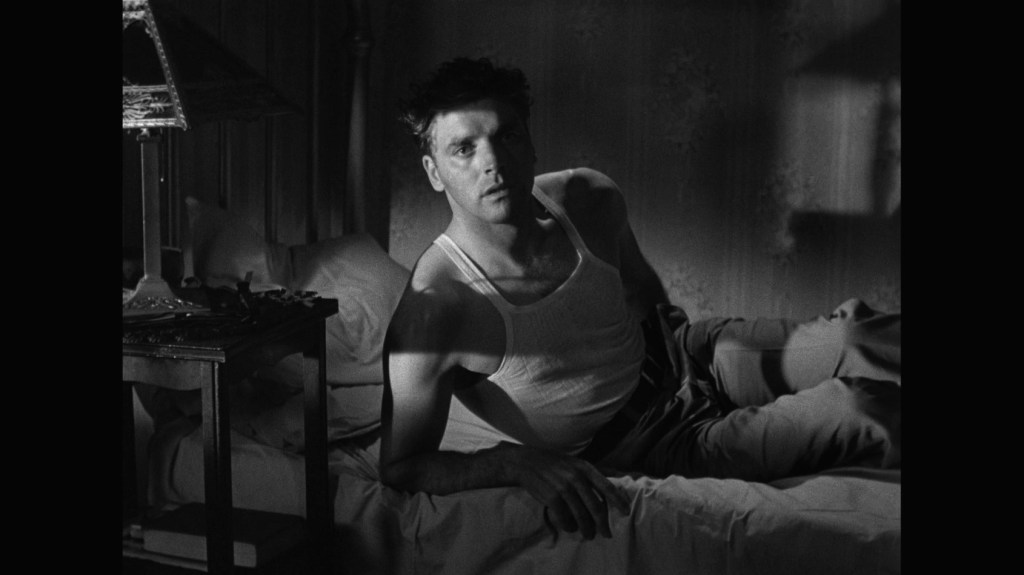Buddhism by the Numbers

The Two Truths
According to Buddhism there are two kinds of truth: Relative Truth and Absolute Truth. We recognize the presence of happiness and the presence of suffering. One day we realize that suffering and happiness are “not two.”
- Where ever there is joy there is suffering.
- Suffering and joy are not two.
- Our life is the path
- We enter the path of practice through the door of knowledge
- All conditioned things are impermanent. They are phenomena, subject to birth and death.
In the Discourse on the Turning of the Wheel of Dharma the Buddha taught the Four Noble Truths of suffering, the cause of suffering, the cessation of suffering, and the path. In the Heart Sutra, Bodhisattva Avalokiteshvara tell us there is no suffering, no cause of suffering, no cessation of suffering, and no path. Is this a contradiction? No. The Buddha is speaking in terms of relative truth and Avlakiteshvara is teaching in terms of absolute truth.
The Buddha recommends that we recite the Five Remembrances every day:
- I am of the nature to grow old. There is no way to escape growing old.
- I am of the nature to have ill-health. There is no way to escape having ill-health.
- All things dear to me and everyone I love are of the nature to change. There is no way to escape being separated from them.
- My actions are my only true belongings. I cannot escape the consequences of my actions. My actions are the ground on which I stand.
Waves
- When we look at the ocean, we see that each wave has a beginning and an end.
- If we look deeply, we can see a wave is made of water.
- While living the life of a wave, it also lives the life of water. When a wave touches her true nature, which is water, all her complexes will cease, and she will transcend birth and death.
- Liberation is the ability to go from the world of signs to the world of true nature.
- What is essential is to be our best while we are here.
- All formations are impermanent.
Based on the teachings of Thich Nhat Hanh
Photo credit: Benn Bell





